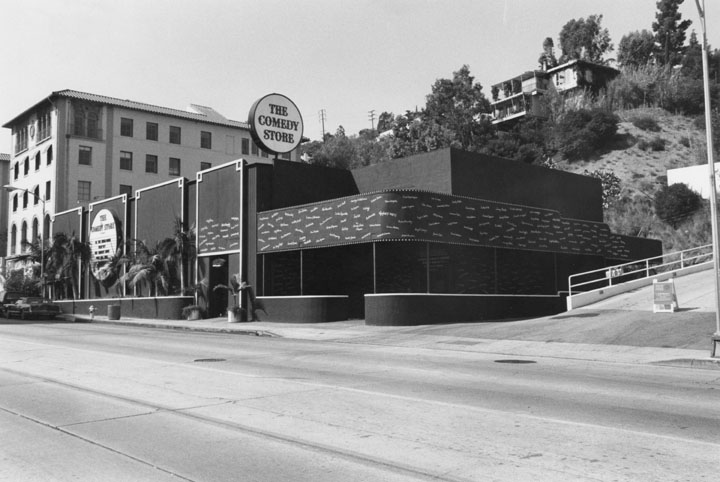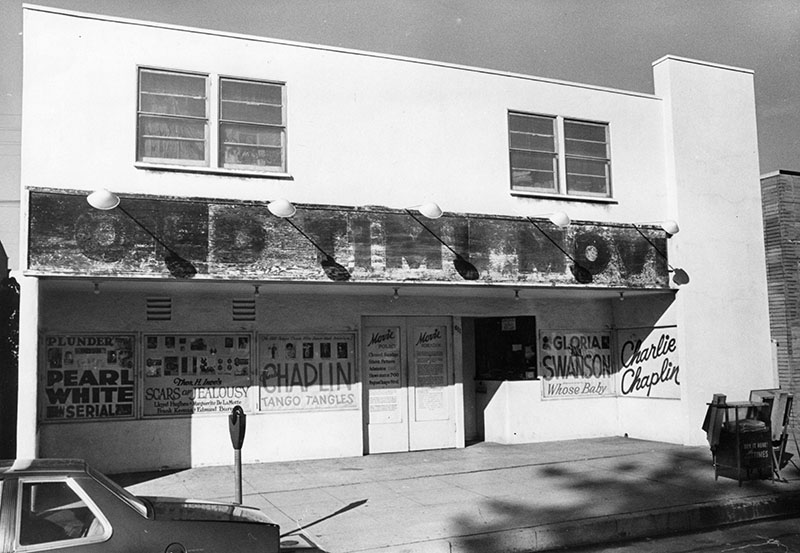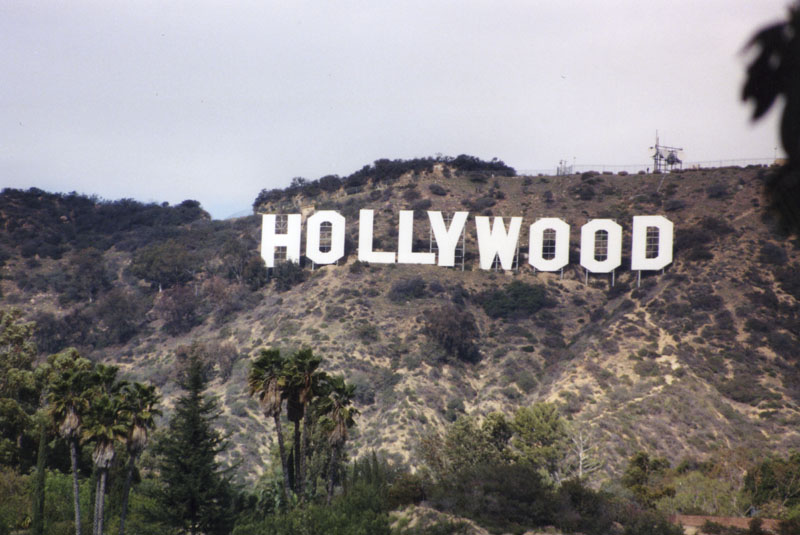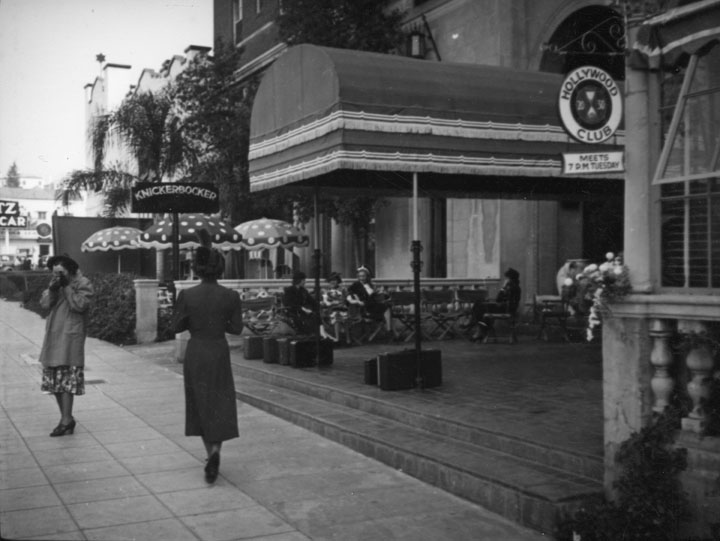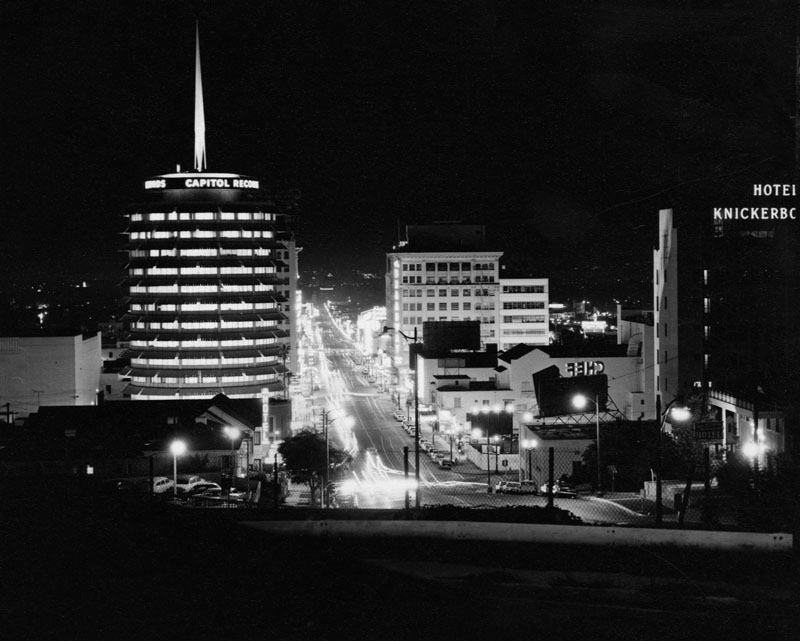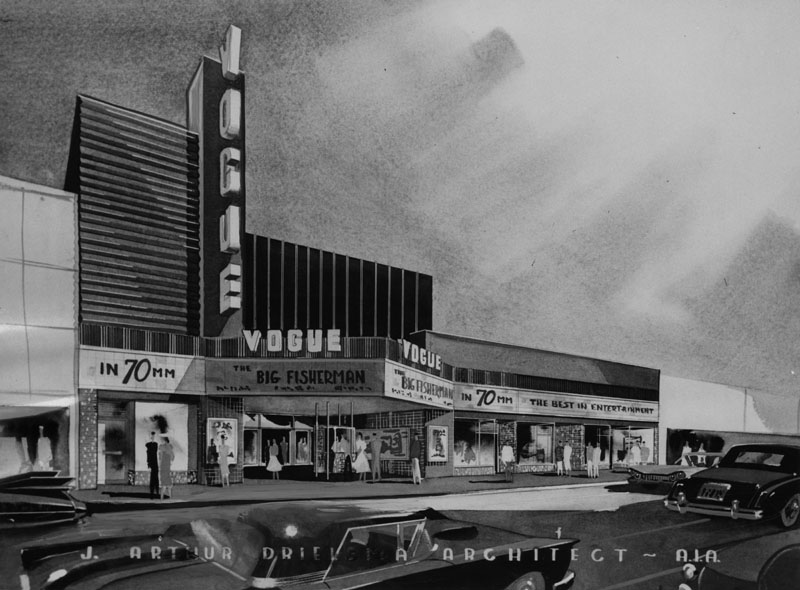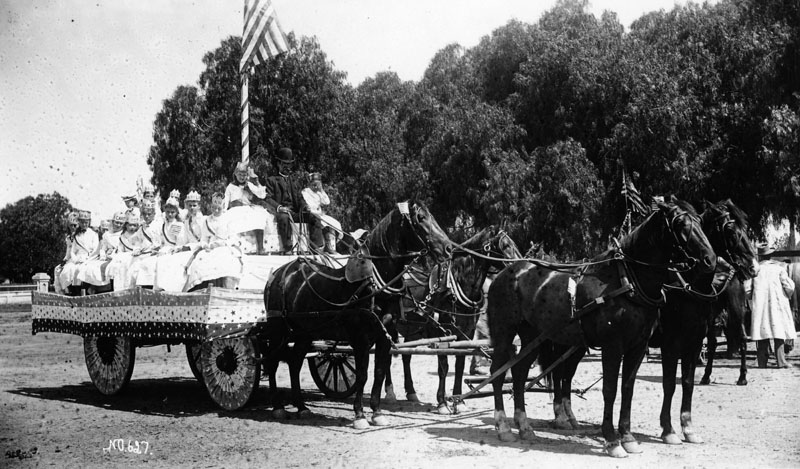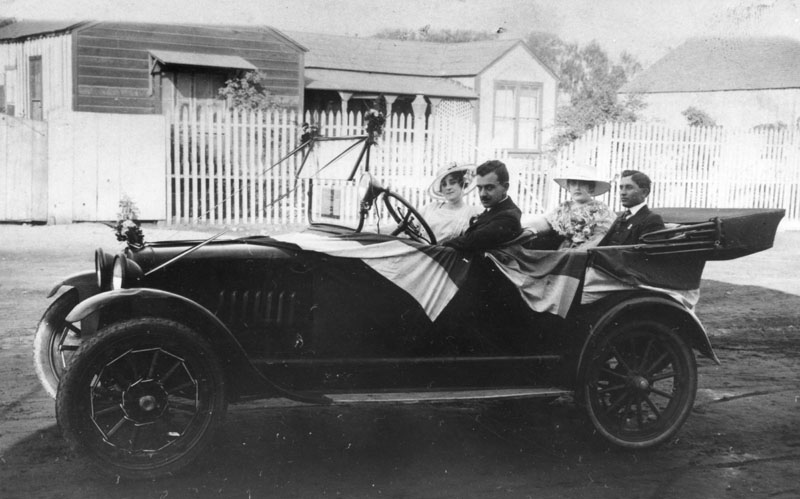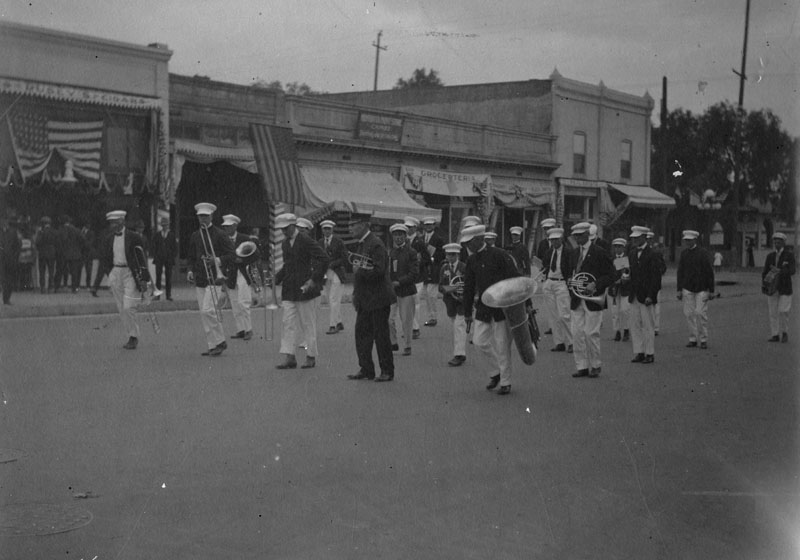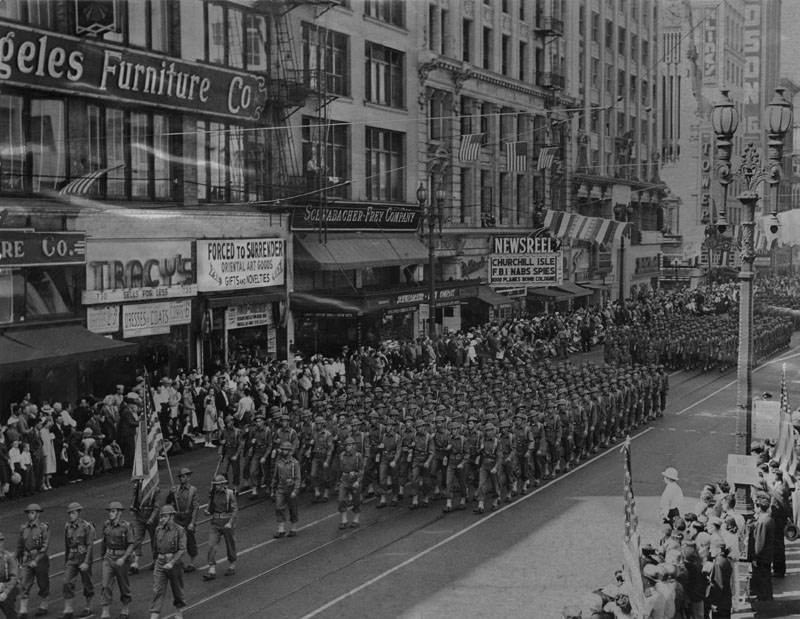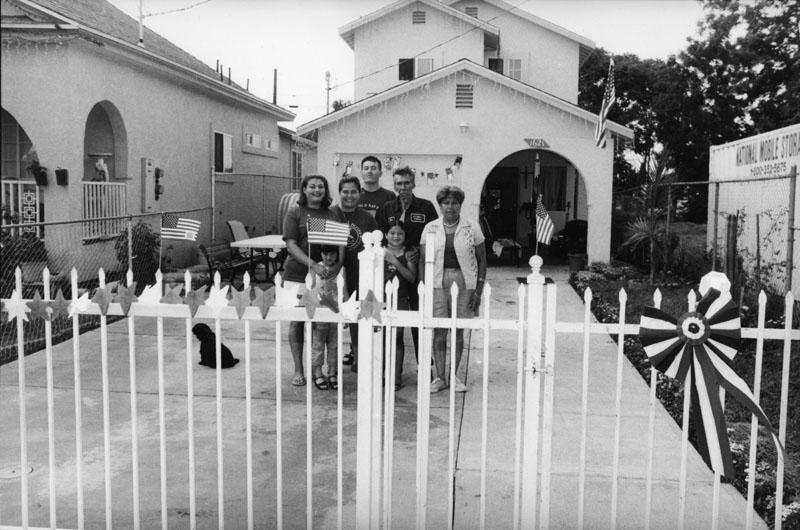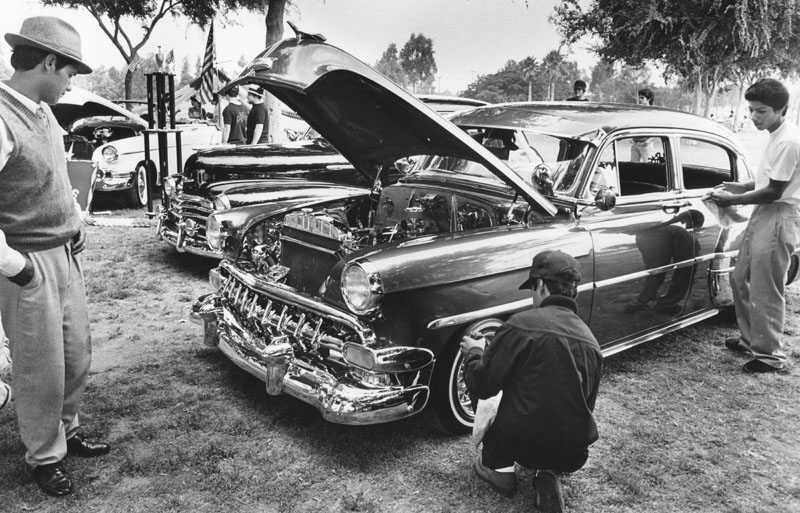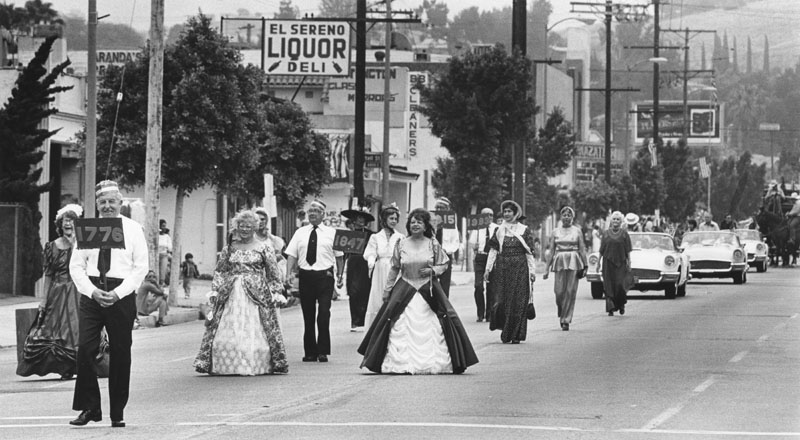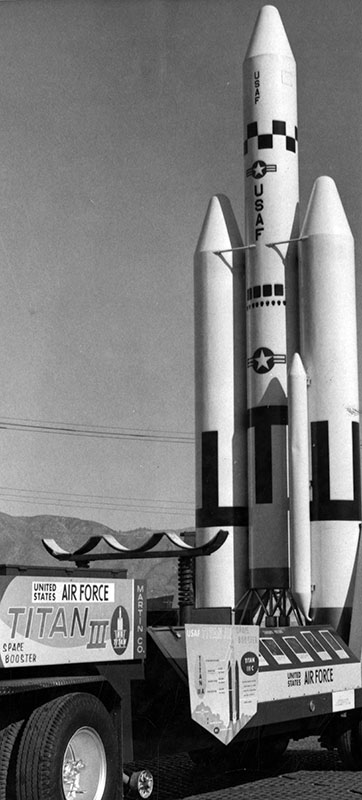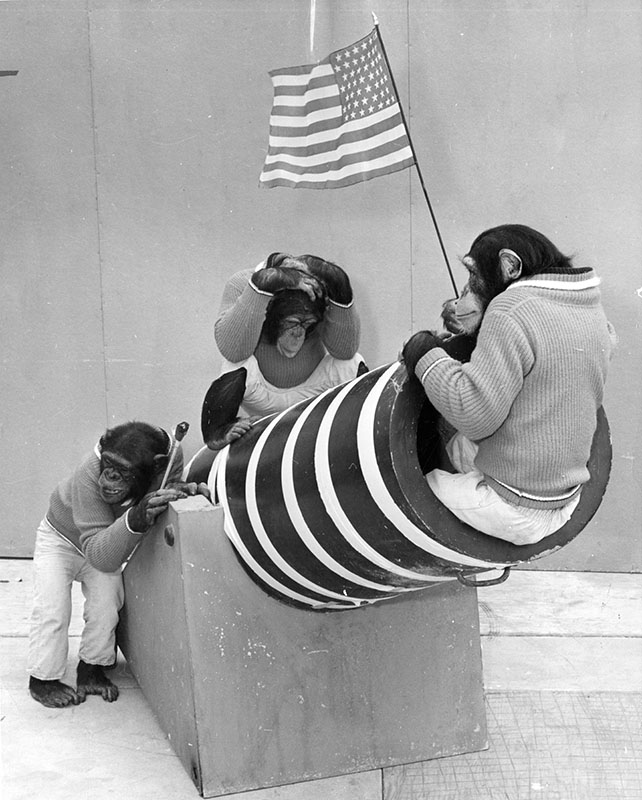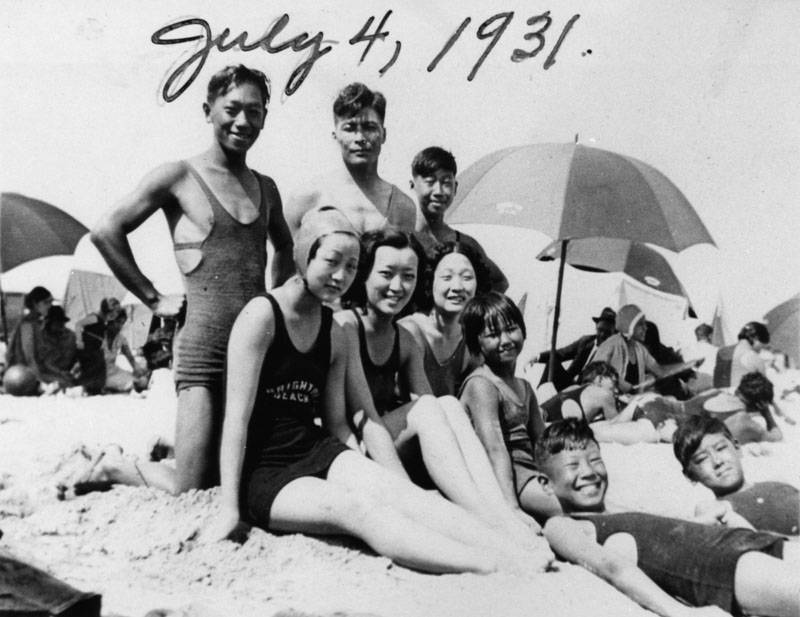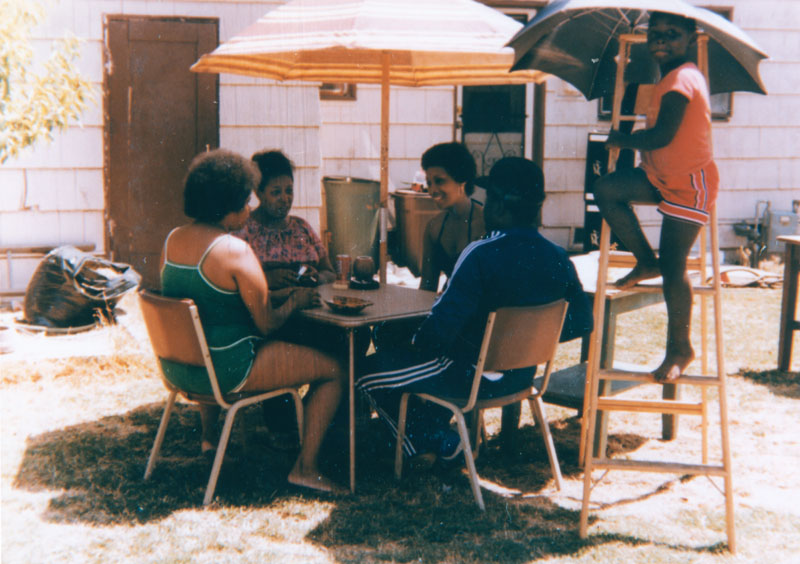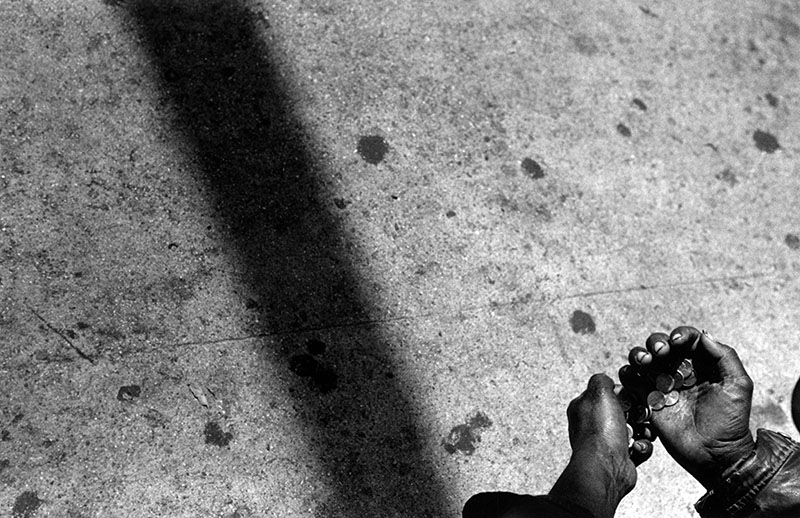Los Angeles has a lot to offer, and some folks find it hard to leave the place – even after they die. While practically every place on earth has its share of ghosts and/or ghost stories, those who haunt Hollywood, Beverly Hills, and surrounding areas in Southern California gain an extra share of fame, infamy, and celebrity status. Using photos from the photo collection of the Los Angeles Public Library, let us take a look at those places where we will see people who should not be seen.
The Roosevelt Hotel, opened in 1927 and situated on Hollywood Boulevard, is the oldest operating hotel in Los Angeles. Built to cater to those in the movie industry, its guest list has included Mary Pickford, Greta Garbo, Clark Gable, Charlie Chaplin, Brad Pitt, Jay-Z, and Beyonce. F. Scott Fitzgerald stayed there during one of his screenwriting stints, Marilyn Monroe lived there for two years, and Errol Flynn supposedly perfected his recipe for bootleg gin in a tub in the hotel barbershop. The first Academy Awards ceremony was held in its ballroom (the Blossom) on May 16, 1929, and was hosted by Douglas Fairbanks. With so much history – and probable histrionics – it is little wonder that the hotel is haunted. Sightings include the ghost of Montgomery Clift in his old room (928), a blonde woman preening in a mirror, and that of a young girl in a blue dress. Strange occurrences include unexplained cold spots and phones lifting off their hooks. Curious? Stop in at the hotel for a look, a meal, a drink, or an overnight stay, and then cross the street to another haunted Hollywood spot.
Security Pacific National Bank Collection; photo taken in the 1930s.
Grauman’s Chinese Theatre (now known as Mann’s Chinese Theatre) opened on May 18, 1927. Architect Raymond Kennedy and theater owner Sid Grauman chose a Chinese temple as inspiration, adorning the temple with a 90-foot pagoda, masks, and a dragon. Of course, many people never get inside the theater but stay in the front courtyard to admire its cement showcase of celebrity hand and foot prints. Then again, some folks never get outside of the theater. Fritz, a former theater employee, hanged himself behind the movie screen and still prowls the theater. Many visitors have seen the velvet curtains shake for no reason, with some claiming it is the ghost of a little girl named Annabelle. Victor Kilian, a working actor who was murdered during a 1982 robbery in his nearby apartment, has been seen walking about in the courtyard, looking for his killer.
William Reagh Collection, photo taken by William Reagh in 1991.
Greystone Mansion (aka the Doheny Mansion) was a gift from oil magnate Edward L. Doheny to his son Edward “Ned” Doheny, who moved into the Beverly Hills residence in 1928 with his wife, Lucy, and their five children. Four months later, Ned and his secretary, Hugh Plunket (also spelled Plunkett), were found dead in a bedroom, the victims of a murder/suicide. (Ned was supposedly shot by Plunket who then killed himself.) Lucy remained in the home until 1955 when she sold it to a private buyer. The City of Beverly Hills purchased the mansion in 1965 and made the estate into a public park in 1971. Several films, television shows, and music videos have been filmed on the premises, and the mansion hosts annual events including a drama camp, a murder mystery play, and The Annual Hollywood Ball (a charity event). The public may view the grounds and take a tour of the mansion. If you choose to visit the grounds of Greystone Mansion, keep an eye out for doors opening and closing, an apparition of a man pacing near the crime scene, and a pool of blood mysteriously appearing and disappearing.
Herald-Examiner Collection; photo taken May 15, 1965.
The Colorado Street Bridge, designed and built in Pasadena in 1913, is 1,486 feet long, 150 feet high, and boasts eleven Beaux Arts arches. Rising above the Arroyo Seco, this beautiful bridge is on the National Register of Historic Places and has been designated a National Historic Civil Engineering Landmark by the American Society of Civil Engineers. It is also known as the Suicide Bridge. Over 150 despondent people jumped from it during the Great Depression. (The bridge still sees an annual average of a dozen people jumping to their deaths.) It was the site of a murder/suicide on May 1, 1937, when 22-year old Myrtle Ward flung her three year old daughter, Jeanette, over the side of the bridge and then jumped after her (apparently to join her in the hereafter). The mother died, but the baby survived when her fall was broken by tree branches. Visitors tell of a male ghost who walks about muttering “her fault” and a female ghost wearing a long white robe that perches on one of the bridge’s parapets. Those walking the bridge at night tell of lights going out and those with pets insist that animals act strangely when on the bridge.
Herald-Examiner Collection, photo taken by Chris Gulker on October 20, 1983.
Hollywood Forever, a cemetery on Santa Monica Boulevard, was founded in 1899 and originally named Hollywood Memorial Park Cemetery. The cemetery, listed on the National Register of Historic Places, is the resting place of many in the entertainment industry, although some are not resting well. Visitors report seeing a woman standing and weeping by the lake on the grounds. She is Virginia Rappe, a silent film actress who died of a ruptured bladder a few days after being rushed to a hospital from a party hosted by Roscoe “Fatty” Arbuckle. (Arbuckle was accused of raping Ms. Rappe, and while the charges were eventually dismissed, his career never recovered from the scandal.) Some visitors report seeing veiled women kneeling (and then suddenly vanishing) in front of Rudolph Valentino’s grave, while visitors to the Abbey of the Psalms Mausoleum report hearing the voice and smelling the cologne of Clifton Webb, the ballroom dancer cum actor who was featured in Laura, The Razor’s Edge, and played the part of the snide Mr. Belvedere in three different movies.
Herman J. Schultheis Collection, photo taken by Herman J. Schultheis in 1937.
The Comedy Store, a popular comedy club operating on the Sunset Strip since 1972, started life as Ciro’s, one of Hollywood’s snazziest nightclubs during the 1940s and ’50s. Built by nightclub impresario William Wilkerson in the late ’30s, Ciro’s offered top entertainment and a swanky hangout for Hollywood stars and other high-profile people – including gangster Mickey Cohen who used the club as his base of operations (and had peepholes drilled in walls so he could see who was coming and going). While dancing, drinking, and dining went on upstairs, Ciro’s basement was the site of darker doings. Mob henchmen beat, tortured, and killed those who did not repay debts, owned competing clubs, betrayed trusts, or crossed the mob in some way. Pregnant showgirls and mob girlfriends received illegal abortions, with at least one woman dying from her abortion. Wait staff, security guards, and office workers have reported seeing a frightened man in a WWII bomber jacket who fades upon sighting, a huge black phantom in the basement, and a man in 1940s garb walking around the premises and through walls. They have heard a woman wailing in the basement when no one was there, and have experienced strange pranks such as chairs stacking themselves in the middle of the stage and perfectly set tables becoming unset. (Apparently, these ghosts have a sense of humor.)
Cary Moore Collection; photo taken by Cary Moore in 1991.
John Hampton opened the Old Time Movie Theater (now known as the Silent Movie Theatre) in 1942 with his own personal collection of silent films. He collected and restored silent classics in the bathtub of his apartment above the theater. Hampton contracted cancer (possibly from exposure to the toxic chemicals used for restoration of the films) and died in 1990. The theater was bought by Lawrence Austin who reopened it in 1991. On January 17, 1997, Austin was shot in the theater lobby by Christian Rodriguez, a 19-year-old hitman hired by James Van Sickle, the theater’s projectionist and Austin’s lover. Rodriguez and Van Sickle were convicted of murder and sentenced to life in prison. The Theater closed until Charlie Lustman happened to pass by the property in 1999 and became intrigued. Although Lustman knew nothing about silent films, he purchased the theater, remodeled it, and reopened it on Halloween of 1999. Apparently John Hampton and Lawrence Austin approve of the changes, as both have been spotted haunting the venue. Hampton stays upstairs (where his old apartment was located) while Austin visits the lobby.
Herald-Examiner Collection, photo taken February 10, 1980.
Peg Entwistle’s big break broke her. Born as Lillian Millicent Entwistle in Wales, she arrived in the U.S. in 1912 at age four to join her father, Robert, who was a stage manager in New York City. Peg became interested in the theater and attained a fair degree of success in theatrical pursuits, acting on stage with Dorothy Gish, Billie Burke, and Humphrey Bogart. She came to Los Angeles in 1932 and appeared in the play The Mad Hopes which was a great success. She was given a screen test and impressed David O. Selznick so much that he put her in his movie Thirteen Women, where she acted alongside big name stars Irene Dunne and Myrna Loy. Unfortunately, the film was a flop. She had no money to return to New York, no offers in Los Angeles, and the Great Depression was at its height. On the evening of September 16, 1932, she climbed to the Hollywoodland sign and jumped off the letter H. She died due to injuries incurred during the fall. Her ghost supposedly haunts the sign, with many witnesses testifying that they have heard her cries and smelled her gardenia perfume.
Here we see the original Hollywoodland sign (upper right side) and the neighborhood below it.
Security Pacific National Bank Collection, photo is undated.
This is how the sign appears today.
Los Angeles Photographers Collection: Stone Ishimaru Collection,
photo taken by Stone Ishimaru on February 8, 2003.
Before it became the Hollywood Knickerbocker Apartments (with apartments for senior living), the Hotel Knickerbocker started life as a luxury hotel/apartment building with the slogan “Your home for a year or a day.” Its well-heeled clients included Rudolph Valentino, Elvis Presley, Mae West, Frank Sinatra, Cecil B. DeMille, and Lana Turner. Harry Houdini’s widow held séances on its rooftop, Joe DiMaggio and Marilyn Monroe honeymooned there, film director D.W. Griffith died of a stroke in the lobby. (Griffith had lived in the hotel for many years.) Actress Francis Farmer was removed from the hotel screaming and taken to a mental institution, actor William Frawley (Fred Mertz in I Love Lucy) died on the sidewalk in front of the hotel, and costume designer Irene Gibbons slit her wrists and jumped from a 14th floor window. Visitors to the hotel have reported seeing Marilyn Monroe in the bathroom, Rudolph Valentino in the halls, and Elvis Presley in the area where he was photographed for promo photos for Heartbreak Hotel.
Security Pacific National Bank Collection, photo is undated.
Roy Hankey Collection, photo taken by Roy Hankey in 1960.
The Vogue Theatre on Hollywood Boulevard opened in 1936. Fritz, a German immigrant, was its first projectionist. He was dedicated to his job and the theater, so much so that when his heart stopped in the projection room in the 1980s and paramedics removed his body, he basically stayed put. Rumor was that if anyone messed with his equipment, they might find themselves experiencing chest pain themselves. While he was the theater’s first projectionist, he was not the first ghost. That distinction goes to a maintenance man named Danny who died of a drug overdose on the premises in the 1970s. Before the Vogue Theatre was built, a four-room schoolhouse stood on the property. (This was when Hollywood Boulevard was known as Prospect Avenue.) The school caught fire and burned to the ground in 1901, killing the teacher and her 25 pupils. Six of the children along with Miss Elizabeth (the teacher) haunted the theater’s premises. These sightings have been confirmed by the International Society for Paranormal Research, who previously rented office space in the Vogue Theatre before it became the nightclub that it is today. ISPR set up headquarters in the building and remodeled it. Part of their remodeling work included clearing out all the ghosts!
Herald-Examiner Collection, artist’s sketch photographed June 29, 1959.

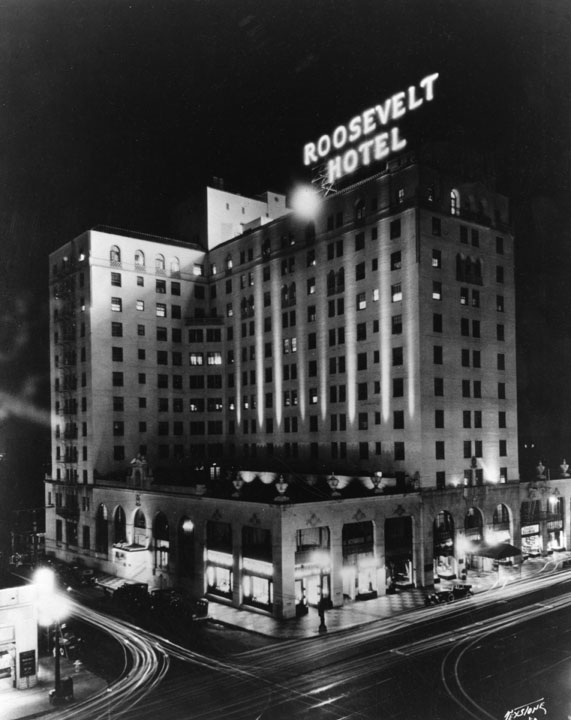
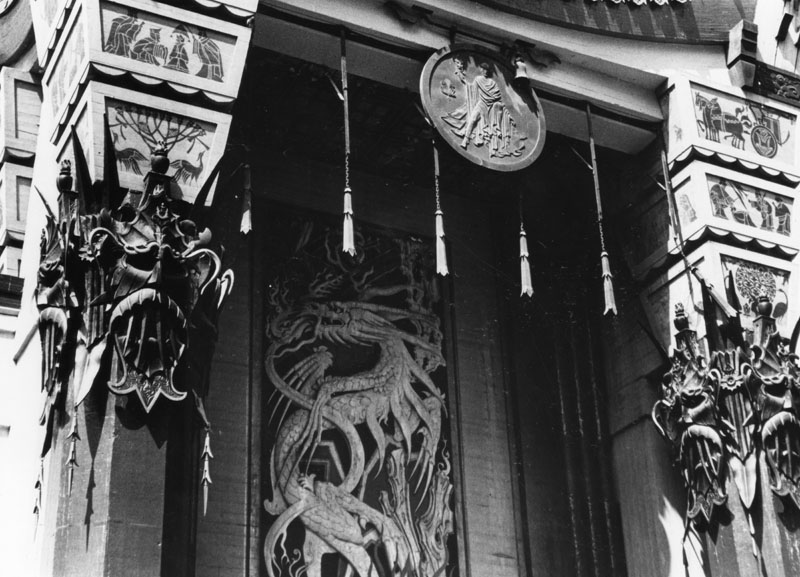
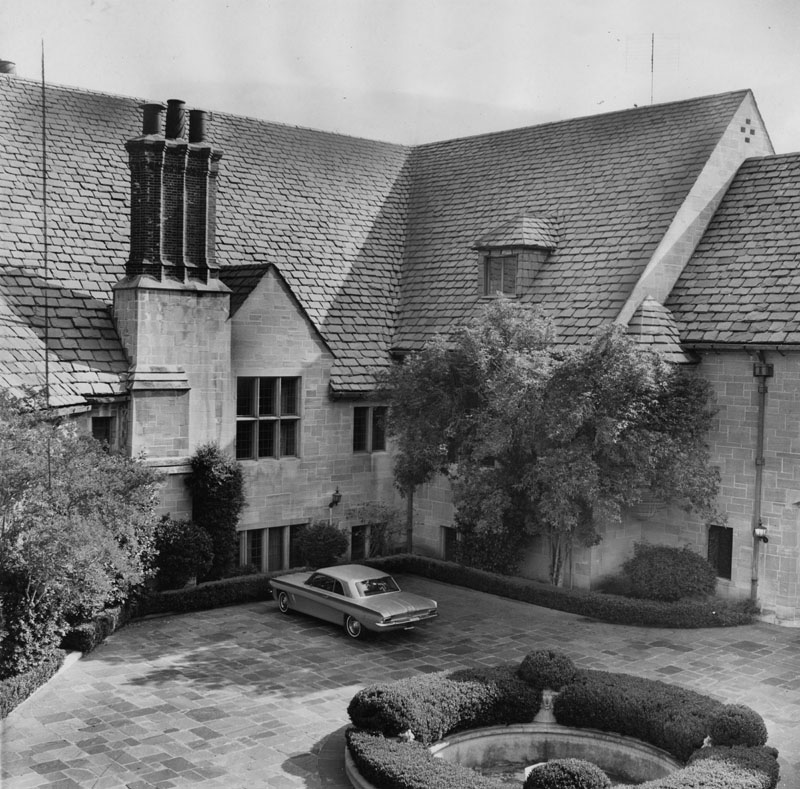
![colorado [suicide] bridge](http://photofriends.org/wp-content/uploads/2017/10/HT4.jpg)

